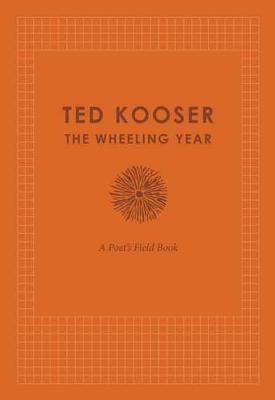Home
The Year of the Poet VIII February 2021
Loading Inventory...
Barnes and Noble
The Year of the Poet VIII February 2021
Current price: $12.99


Barnes and Noble
The Year of the Poet VIII February 2021
Current price: $12.99
Loading Inventory...
Size: OS
*Product Information may vary - to confirm product availability, pricing, and additional information please contact Barnes and Noble
Foreword : February is Black History Month. It is an annual celebration of achievements by African Americans and a time for recognizing the central role of blacks in U.S. history. The event grew out of "Negro History Week," the brainchild of a noted historian Carter G. Woodson. Also known as the African American History Month, it has received official recognition from governments in the United States and Canada, and more recently has been observed in Ireland, the Netherlands, and the United Kingdom by remembering important people and events in the history of the African diaspora.For the month of February, Inner Child poets are invited to celebrate Black History month by pondering upon the recreation of a mural of Emory Douglas and Richard Bell's "We Can Be Heroes" in 2014. It depicts a particular moment during the 1968 Mexico Olympic Games when Australian sprinter, Peter Norman stood in solidarity with African American sportsmen Tommie Smith and John Carlos to protest discrimination and inequality. This beautiful mural is located in Brisbane, Australia. Their collaborative project focuses on the Black Power movement of America and the Indigenous rights movements of Australia.Poetry like contemporary art s to reimagine and embrace new creative forms of activism that responds to social justice issues. 'Artists have a way of instantly communicating essence, almost like a language' says Emory Douglas who was an artist with the Black Panther Party for nearly 20 years starting in 1967. The controversial Richard Bell is one of Australia's most renowned Indigenous artists. With a penchant for sarcasm he explores stereotypes and racism through his self-titled 'Liberation art'. Douglas may be considered in a similar vein as the Minister of Culture in the Black Panther Party who was also the art director, designer and main illustrator for the Black Panther newspaper, creating iconic images that represented the struggles in America during the 1960s and 1970s.The 2020 has been a very difficult year. The challenges of surviving the pandemic made us aware of the potent interplay of self-isolation, social distancing, systemic oppression and marginalization. It heralded the awakening of a world ready to respond to the social justice issues that had been overlooked for a long time. We realized that truth is not what we want it to be; it is what it is. We need to liberate ourselves by unlearning oppressive social systems, and restoring and repairing our social contract with one another. A clenched fist embodies determination to achieve social Justice with fresh perspectives. In his autobiography, 'Silent Gesture', Tommie Smith writes that the clenched fist is not just a gesture of "Black Power" but also a "human rights" salute because oppression spares no body: oppressor or the oppressed. The questions to ponder for us are: How do we become the change we wish to see and how can we stay grounded and centered and increase our capacity for sustainable change? The aim of literature and art is to represent not the outward appearance of things but their inward significance. Ashok K. BhargavaPresident, Writers International Network Canada


















